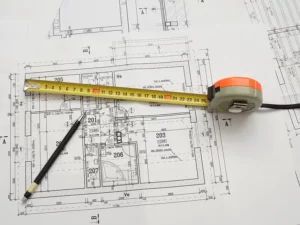 Electrical codes are continually updated to ensure the safety, efficiency, and adaptability of electrical systems in an ever-changing technological landscape. As technology advances, new devices and appliances emerge that demand different power capacities, configurations, and protections. To address these developments, electrical codes are revised to incorporate best practices and ensure that installations meet the safety standards required for modern equipment. For instance, the rise of electric vehicles and renewable energy systems has necessitated updates in codes to accommodate charging stations, solar panels, and energy storage systems, ensuring these technologies integrate safely into existing electrical frameworks.
Electrical codes are continually updated to ensure the safety, efficiency, and adaptability of electrical systems in an ever-changing technological landscape. As technology advances, new devices and appliances emerge that demand different power capacities, configurations, and protections. To address these developments, electrical codes are revised to incorporate best practices and ensure that installations meet the safety standards required for modern equipment. For instance, the rise of electric vehicles and renewable energy systems has necessitated updates in codes to accommodate charging stations, solar panels, and energy storage systems, ensuring these technologies integrate safely into existing electrical frameworks.
Another key reason for updating electrical codes is to mitigate risks associated with electrical hazards such as fires, shocks, and electrocutions. Historical data, research, and investigations into past incidents often reveal weaknesses or gaps in existing regulations. By refining codes, authorities can proactively address these vulnerabilities and implement stricter guidelines to protect lives and property. For example, advancements in ground fault circuit interrupters (GFCIs) and arc fault circuit interrupters (AFCIs) have been incorporated into recent updates to minimize the risk of electrical faults in residential and commercial settings.
Finally, updating electrical codes ensures compliance with evolving construction practices and materials. As building designs become more complex and energy-efficient, electrical systems must adapt to new structural and environmental demands. Updated codes provide clear guidance to electricians, contractors, and inspectors, ensuring consistency and reliability in installations across diverse settings. These updates not only promote safety but also support sustainable practices by encouraging energy-efficient designs and renewable energy integration. Through periodic revisions, electrical codes maintain their relevance and efficacy in protecting public safety and supporting technological progress.